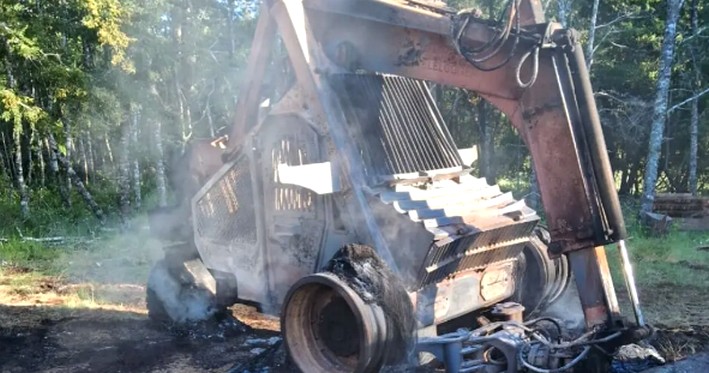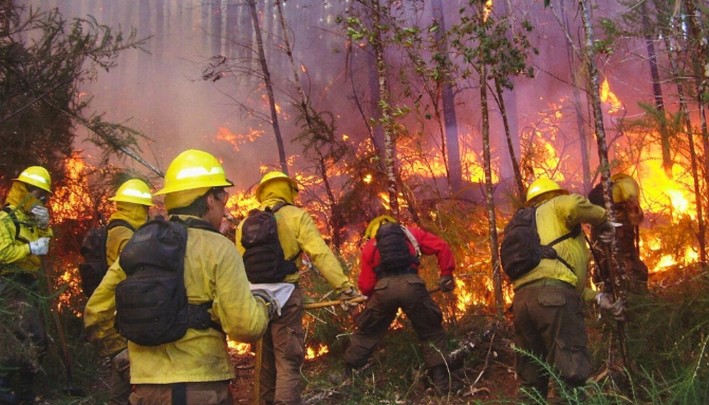Alarming Figures Reveal 11 Years of Attacks in the Southern Macrozone
A report by the Association of Forestry Contractors analyzing 11 years of attacks against workers and contractors in Chile's Southern Macrozone (2014-2024) highlights the magnitude of a problem that has deeply affected the region and its economy. The compiled figures underscore the severity and persistence of the conflict in one of the country's most vulnerable areas.
Since 2014, 496 attacks have been recorded in the regions of Biobío, La Araucanía, Los Ríos, and Los Lagos. The regional distribution shows that La Araucanía accounts for 54% of the cases, solidifying its position as the epicenter of the conflict, followed by Biobío with 34%. This scenario emphasizes the territorial concentration of violent incidents and the need for targeted interventions to address this crisis.
The analysis also reveals the destruction of 1,774 forestry equipment, representing losses valued at approximately US$204 million. This situation affects not only forestry companies but also the regional economy, generating significant replacement costs and harming the sector's productivity.
Labor Impact
The conflict has had a significant human impact. Over these 11 years, 48,500 workers have been directly affected, with an average of 4,400 workers impacted annually. This situation poses a constant threat to employee safety and a source of economic instability for thousands of families in the area.
During the same period, 485 forestry contractors have been victims of these attacks, averaging 44 affected each year. This reflects the vulnerability of businesses operating in the Southern Macrozone, many of which face serious challenges in remaining operational under these circumstances.
The compiled figures reveal a crisis that goes beyond economics. The impact on people's safety, the viability of forestry businesses, and social stability is profound and sustained. The situation demands urgent and concrete measures, including not only security reinforcements but also initiatives that strengthen social cohesion and promote peace in the region.
The report emphasizes the need to address the problem at its roots, involving local communities, businesses, and the state in the search for sustainable solutions to overcome this structural crisis and ensure a safer, more stable future for the Southern Macrozone.

















